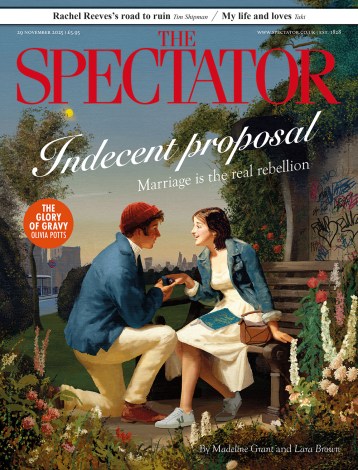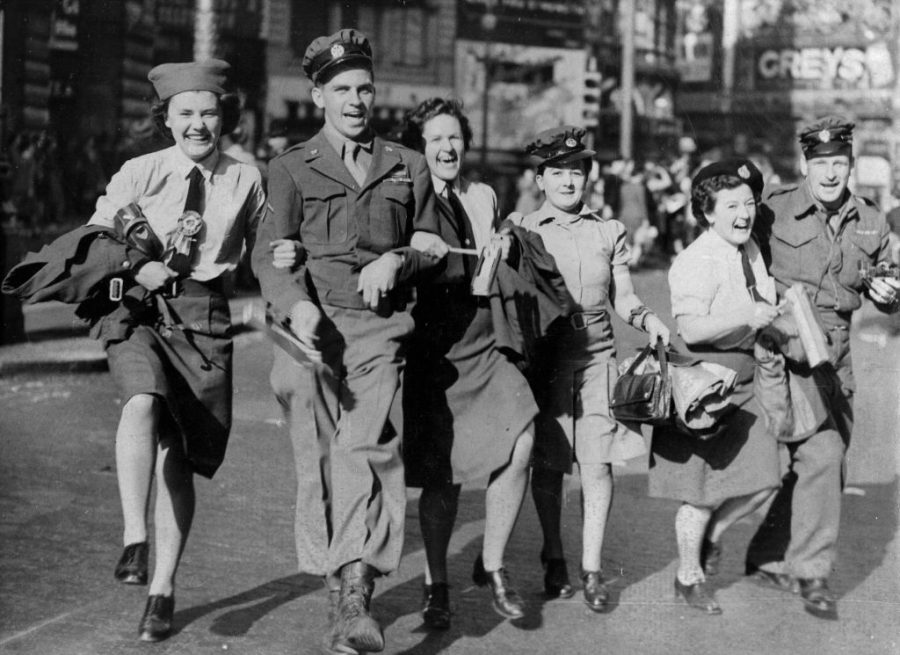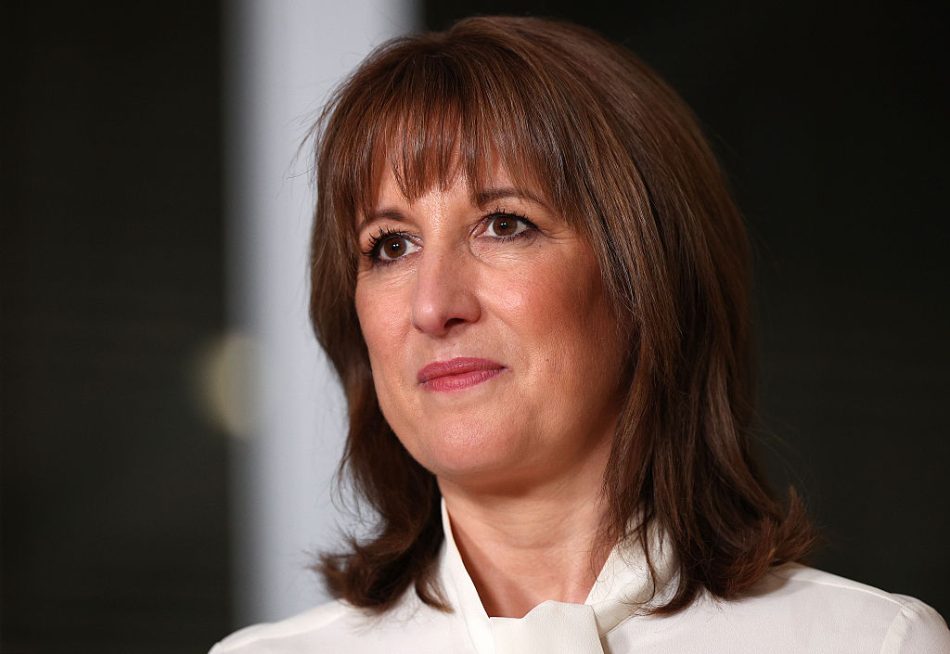Victory over Japan Day – VJ Day – falls today, 15 August being the day in 1945 that Emperor Hirohito spoke to his people for the very first time to inform them of the country’s submission to the allies’ Potsdam declaration of unconditional surrender. Eighty years on, it will be an occasion shrouded in both relief and reflection.
It’s a day that marks not just the end of the Pacific theatre’s tumult but also a profound turning point that reshaped the entire landscape of international affairs, collective memory, and national identities. The echoes of those tumultuous years still reverberate through the corridors of history, shaping our understanding of what peace demands – and what it always risks losing. As we look back on the legacies forged in the crucible of this brutal war, we must also confront the lingering shadows – those persistent threats – that potentially could undo the fragile stability that so many fought and died to secure.
The enduring lesson is that history’s wounds cannot simply be patched over
For Japan, the war’s aftermath would be a crucible of renewal. General Douglas MacArthur’s closing words at the formal surrender ceremony on 2 September 1945, aboard the USS Missouri, captured the significance of the occasion. He concluded:
It is my earnest hope and indeed the hope of all mankind – that from this solemn occasion a better world shall emerge out of the blood and carnage of the past – a world founded upon faith and understanding… human dignity and freedom.
These words encapsulate the aspirations for a peaceful future and serve as a guiding principle for post-war reconstruction and reconciliation efforts. The nuclear devastation of Hiroshima and Nagasaki, the surrender unconditionally accepted in September 1945, and the subsequent American occupation transformed a nation that had once marched to the drumbeat of empire and militarism into a model of pacifism and resilience.
The 1947 constitution was not just a legal framework; it was a message – explicit – that war would no longer define Japan’s destiny. Instead, economic revival replaced military conquest, turning Japan into one of the world’s most advanced technological societies. But that peace, fragile and hard-won, remains precarious. The ghosts of history still demand reckoning. The ongoing disputes over history and the nationalism that sometimes erupts threaten to stir old wounds. Nothing is ever truly settled beneath the veneer of prosperity.
China’s trajectory was profoundly shaped by the war, too. The conflict that began with Japan’s invasion in 1937 inflicted over 15 million civilian casualties; major cities such as Nanking were shattered. Yet the war also accelerated the political upheaval that culminated in the Communist revolution of 1949. The rise of China from the ashes is a testament to resilience, but it also carries within it the weight of unresolved tensions: territorial disputes, the memory of suffering, and a leadership increasingly assertive. China’s rise is not an unmitigated story of progress. It is a dance with history’s unresolved wounds and ongoing contestations that could ignite the very conflicts it seeks to dominate.
In Southeast Asia, the war accelerated decolonisation, but it also left scars – political and cultural – that continue to shape regional stability. The retreat of European and American imperial powers created a political vacuum. The fierce independence movements – struggling for sovereignty, fighting for territory, and battling internal divisions – have shaped borders and identities still struggling to find their footing. The Vietnam War, the Indonesian independence struggles, and the ongoing disputes in the South China Sea are not just regional issues: they are echoes of a past that refuses to be forgotten. The region aches with the tension of unresolved histories, ethnic rivalries, and external influences that could ignite new conflicts at any moment.
The United States emerged from the war with its global ambition amplified. Its bankroll and its military perhaps overextended, but its ideological resolve hardened. The creation of the United Nations and Nato was not just about maintaining peace; it was about shaping a world order – one that some argue has frayed with time, but one that still anchors the hopes for stability.
Yet the American story is fraught with contradictions: interventions, conflicts, and the temptation to believe that military strength can solve all disputes. The persistent shadow of interventionism, of playing global policeman, remains a source of risk – especially when diplomatic channels slacken or resolve falters. The threats aren’t just distant rumours any more, they’re very real: regional wars, nuclear proliferation, cyber subversion, and misinformation campaigns.
Britain’s empire was the leviathan of the 19th and early 20th centuries. The second world war was its death knell, accelerating the process of decolonisation. India’s independence in 1947, the upheaval in Africa, and the retreat of Britain from its vast colonial holdings marked the end of an era. But what replaced empire was no peaceful dawn – rather, the chaos of newly formed nations grappling with borders, ethnic tensions, and the legacies of colonialism. Britain, in turn, had to redefine its role, no longer a global empire, but a diplomatic power, a soft influence in global arts, commerce, and culture. The colonial project had left scars and unresolved issues that still threaten regional stability: border disputes, ethnic conflicts, and economic fragility. The decline of empire was a lesson in the impermanence of power and a warning that history’s wounds take decades to heal.
All these national stories are nested within a larger global tapestry – a tapestry whose threads remain vulnerable to fraying. The post-war peace was hard-won but fragile. Today, the world stands on the precipice of new dangers: rising nationalism in many countries, a renewed and sometimes reckless arms race, territorial disputes smouldering in Asia, the Middle East, and Eastern Europe. The spectre of nuclear proliferation hangs heavy – more countries, more arsenals, less control. Climate change shimmers on the horizon as a slow-burn threat, capable of igniting conflicts over dwindling resources, water, and arable land. Cyberwarfare, misinformation, and the destabilising impacts of economic inequality add further complexity. These aren’t distant risks – they’re present, active, and growing more dangerous every day.
What the history of VJ Day teaches us is that peace is a delicate thing – one that must be actively maintained, guarded with vigilance, and constantly renewed. The peace that ended the war in the Pacific was not a gift, nor an inevitable outcome. This peace remains under threat from old vulnerabilities – territorial disputes, nationalist fervour, and the recklessness of those who believe power justifies reckoning without regard for consequence.
The enduring lesson is that history’s wounds cannot simply be patched over; they require sustained effort at reconciliation and understanding. Institutions like the United Nations, Nato, and other multilateral bodies are vital, but they are not invincible. They need constant reinforcement and adaptation. Diplomacy must remain active, not passive. Because the truth is, the dangers today – whether it be rising authoritarianism, insurgencies, or nuclear escalation – are rooted in the same unresolved conflicts and human failures that fuelled past wars. As we can see, the key power players need to offer sustained and calm leadership to handle this new era.
As we commemorate VJ Day and reflect on those who sacrificed everything to end the devastation, we must also confront the uncomfortable truths of ongoing threats in the world: regional conflicts, rising powers, environmental crises, and the very human tendencies toward division, fear, and mistrust. The story of the war was never just about victory; it was about the recognition of our shared humanity and the realisation that the true cost of peace is vigilance. To fail this vigilance would be to risk returning to the chaos and destruction that marked a past we said we would never forget – and must never repeat.







Comments